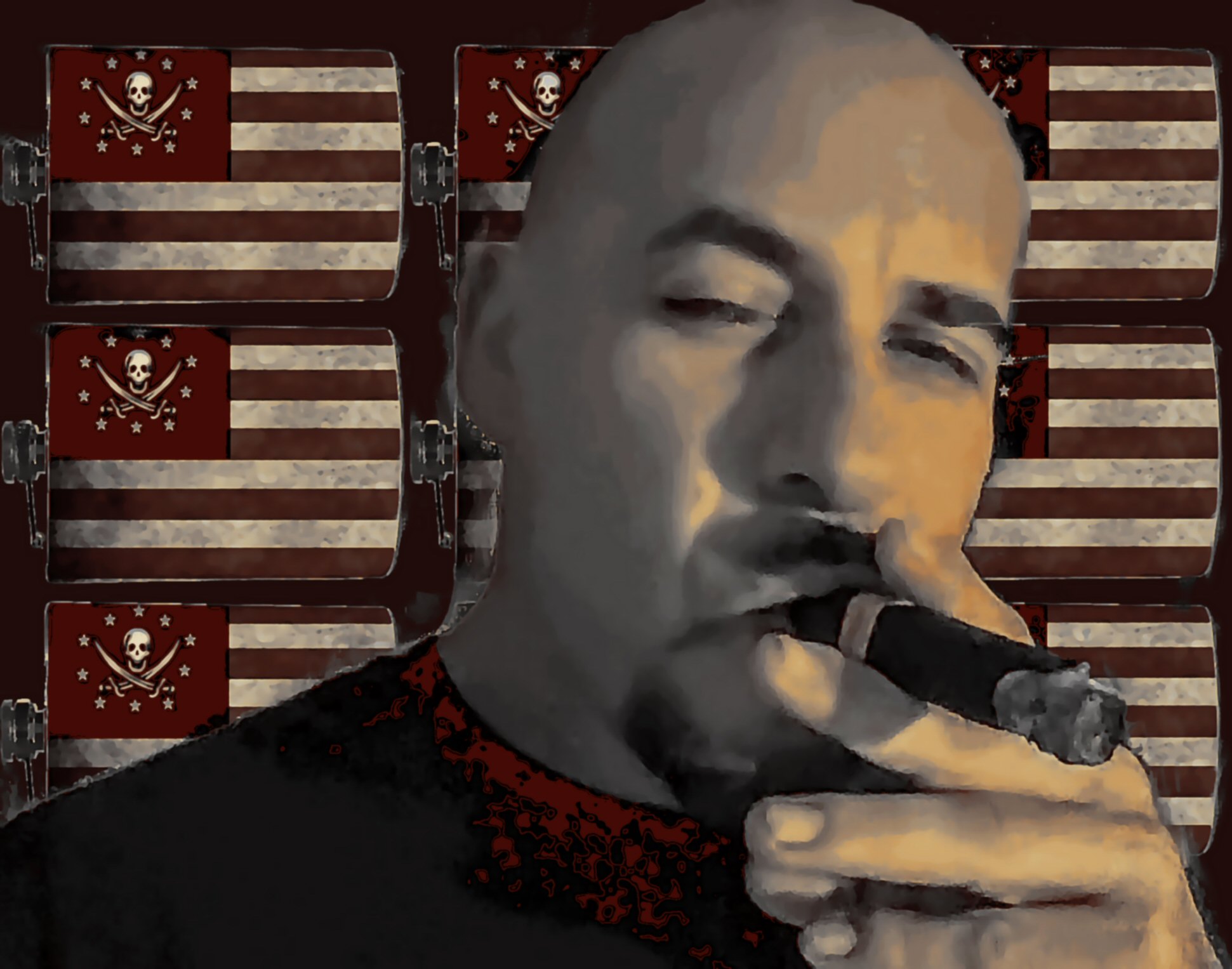Podcast: Play in new window | Download (Duration: 1:12:28 — 83.3MB)
Subscribe: RSS
First of a two-part conversation with an Anonymous Italian, on trauma research and how seriously does Jasun take his work, creating a therapeutic space, why men don’t talk about trauma, woman-run men’s groups, stoicism in the Horsley family, Richard Dawkins’ “suck-it-up” philosophy of childhood trauma, a semantic gauntlet, religious conditioning and sexual abuse, sexual shame and early memories, the cultural context for abuse, grooming, a teenage cult leader, neighborhood abuse gangs, threats and promises, a gang life, Stranger Things, mob connections, intimations of child prostitution.
Songs: “The Kommema and his Religion” by SunWalker; “Mother’s Sick,” by Horse Feathers; “Beat The Devil’s Tattoo (Live)” by Black Rebel Motorcycle Club.


My ears pricked up, Jasun, when you said at 18:38 “as in a culture that isn’t geared to be absolutely horrified by sex or sex between adults and children in the way that ours is…” I apologize for taking this out of context, because you did “amend” your statement to the different one that in a culture more accepting of sex, victims of sexual abuse would be forthcoming in revealing their traumatic experiences to those who could help them to heal.
Our culture, especially in the United States, isn’t so much horrified by sex as it is by sex between adults and children, and this is as it should be given historical and anthropological research that concludes that there have been few, if any, cultures that condoned sex between adults and children.
I guess the counter-example would be homosexuality in classical Athens as expounded by K. J. Dover in his book Greek Homosexuality in which older men, established citizen-warriors would sodomize boys as young as 10 or 11. This view has been recently revised by another classicist whose argument is nuanced and well-research but too rich to summarize in a comment. Essentially, in Athens at least, boys were protected from older boys (19-20) and men and the evidence for this among others is that there was a strict division observed between the age classes when they engaged in athletics in the gymnasium. However, it was acceptable, even thought mandatory, that a man besotted by the beauty of a boy would make a loud public display of his love as long as it was not consummated in any way, not even by a caress. This was the behavior toward aristocratic boys who had slave bodyguards ,paidagogos (hence pedagogue) who protected them for their fervent erastes, as the boys’ lovers were called. The penalties for crossing this line were severe and included death. No doubt, the rules were broken and real life did not always reflect the ideals enshrined in the laws.
Edmund White in his travelogue of Gay America, States of Desire that was published in the 70s when NAMBLA (North American Man Boy Love Association) was somewhat tolerated by the Gay Liberation Movement, wrote that the scenario was more likely of a 14-year old boy standing in front of a kneeling older man ordering him to suck it. He went on to say that feminism had redefined the dynamic in terms of victimization analogous to the way in which women are victims of rape. Therefore, all and any sexual contact between an adult and child of whatever gender is illicit and illegal because it represents a power dynamic of exploitation. In this I think the women liberationists stand on historical precedent as alluded to earlier. Perhaps there is an element of political correctness that makes the proscription more absolute, especially considering that it is possible that there are sexually adventurous and curious children (13 years and older) who may deliberately seek to seduce an adult and derive not only sexual gratification but a feeling of control and power. Such children would be exonerated and the adult would be held accountable if they allowed the “seduction” to proceed. There is also the question of future trauma of the seducing child.
I noticed that Anonymous Italian’s voice became more fervent and counter to your observation that I quoted. It may be that you touched a nerve culminating in the speculation of organized trafficking of children by the monster kid’s family revealed at the end of the podcast. That would be a case of sex between adults and children horrifying to those who witnessed it or knew about it–Anonymous Italian’s parents and another reason why his mother was burnt out, and his father may have been alcoholic?–and to the community that intuited something uncanny about Manson kid’s family.
What I found unusual, but personally resonating, was that Anonymous Italian described sexual abuse of children by children. Through the age of 18 I lived on 3 different army bases. There was a culture of violence that seemed to affect the children. I remember some older children binding me to a tree trunk with rope and taunting me and how I fought mightily to break loose. I don’t have any memories of sexual abuse by those older children in their teens or by any adults, but I do remember some uncanny kids, one of whom who took me under his “protection” and seriously schemed about murdering a boy who was bullying me. The idea of killing someone who was humiliating verbally and physically nearly every day was shocking but also secretly exhilarating. But my blood ran cold when he proposed it and started planning it; I felt nauseous and managed to avoid him and continue with my tormentor.
the thing to keep in mind here is what Michael Lesher writes about, sexual abuse of children is condemned in the abstract but tolerated in actuality. The condemnation facilitates the tolerance because it’s a safety valve and it creates the sense that something is being done when it isn’t.
I’ll have to read Lesher, it seems; apparently I lack the background to your remark. It does make sense.